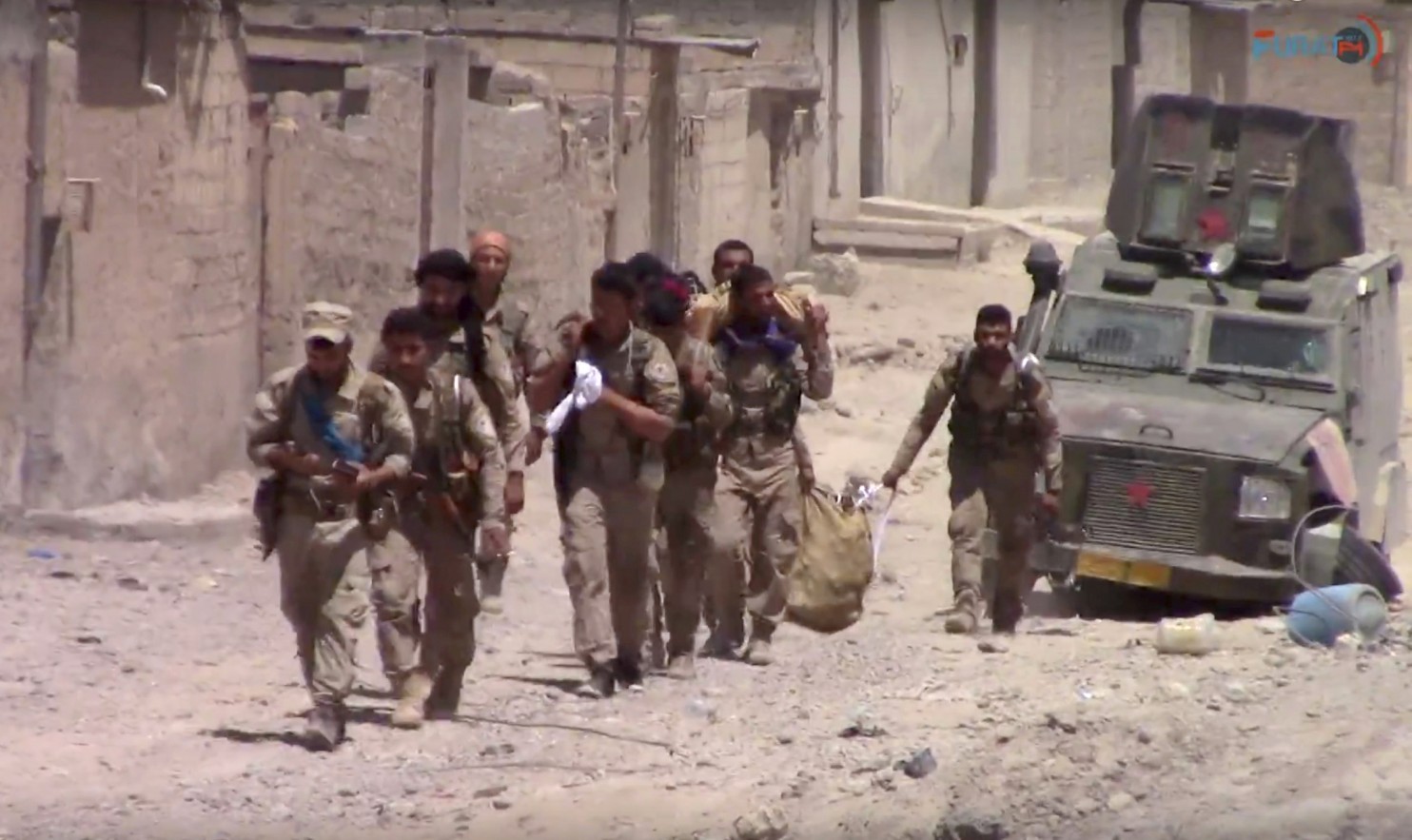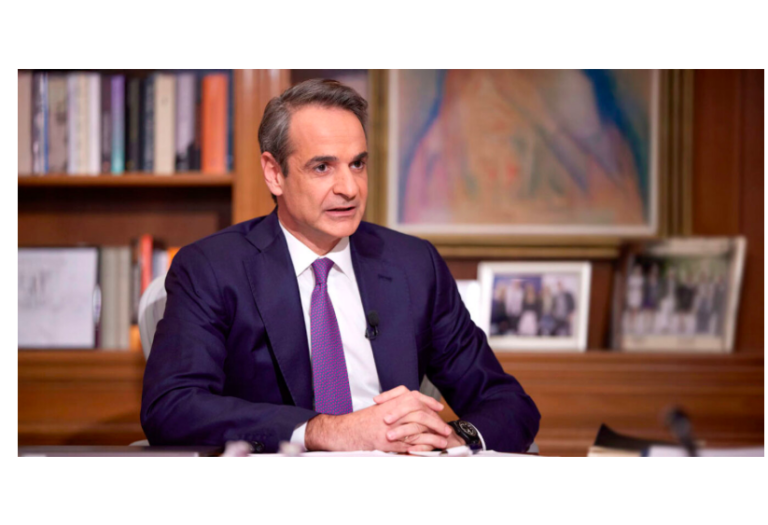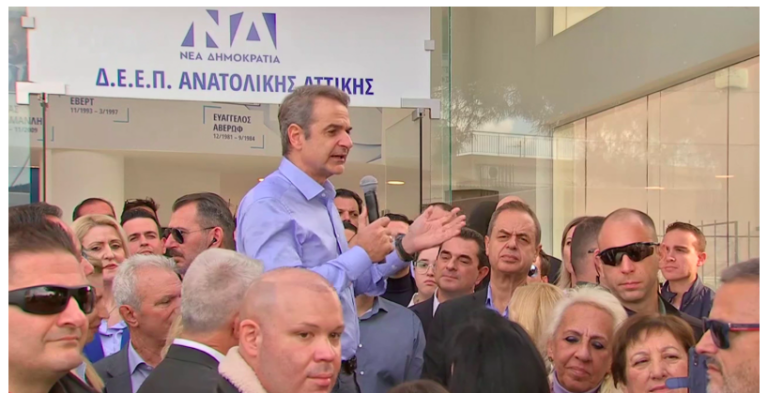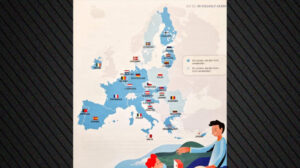U.S.-backed fighters have breached the ancient wall of the Islamic State’s self-proclaimed capital, the Syrian city of Raqqa, marking new progress in the battle to rout the militants from their most important strongholds, the U.S. military said Tuesday.
Arab and Kurdish troops with the Syrian Democratic Forces stormed into the Old City of Raqqa overnight Monday after U.S. warplanes targeted two sections of its 8th-century wall, blasting holes that enabled fighters to funnel their way through the gaps, according to the U.S. military.
But their foothold in the neighborhood, one of the city’s most densely populated, does not mean the four-week-old battle for control of Raqqa is nearing a conclusion, U.S. officials said.
Unlike in Mosul, where the Old City has been the scene of the Islamic State’s last stand after nearly nine months of fighting, Raqqa’s Old City is one of the first central city neighborhoods to be breached by the advancing forces, said Col. Ryan Dillon, the U.S. military spokesman in Baghdad.
“Being in the Old City in Raqqa does not mean the same thing as it does in Mosul, where the Old City was the last bastion for ISIS,” Dillon said, using an acronym for the Islamic State. “That is not the case in Raqqa. It’s just where the SDF forces have penetrated right now, but there is plenty of fighting that remains in Raqqa.”
The neighborhood is also one of the areas Islamic State fighters had expected to defend most fiercely, relying on the city wall to provide cover and focusing their defenses around two existing breaches.
Had the SDF fighters attempted to storm the area through those gaps, they would have encountered an array of heavy machine guns, artillery, snipers, mines, booby traps and car bombs, Dillon said. By blowing up two different sections of the wall, U.S. warplanes enabled them to bypass those, he said.
By averting a battle for control of the walls, the attack may also have helped preserve the historic monument, the military statement said. The two holes blasted were about 25 meters each and will not affect “the integrity” of the overall 2,500-meter wall, it said.
Known as the Rafiqa wall, the structure is one of the last remaining monuments of the headquarters of the Abbassid caliphate, which was briefly seated in Raqqa before relocating to Baghdad.
It was in part because of its historical association with the ancient caliphate that the Islamic State declared Raqqa, the first major city its forces conquered, to be the capital of its self-proclaimed copy of the ancient caliphate it hoped to form.
The advances in Raqqa come as the Islamic State faces imminent defeat in the streets of the Old City of Mosul. Only around 500 square meters remain under Islamic State control, Dillon said, and a final declaration of victory could be just days away.
U.S. officials will not put a timeline on the battle for Raqqa, now in its fourth week, but they say they expect it to be somewhat easier than the nine-month-old fight for Mosul because Raqqa is considerably smaller and less densely populated.
The fight for Raqqa, launched by a combined Kurdish and Arab force on June 6, made swift progress in the first two weeks, Dillon said. But the Islamic State appears since to have mustered its defenses, and the fighters have encountered some of the stiff resistance in the form of booby traps and suicide bombs that made advances in Mosul so slow, he said.
Ask me anything
Explore related questions





